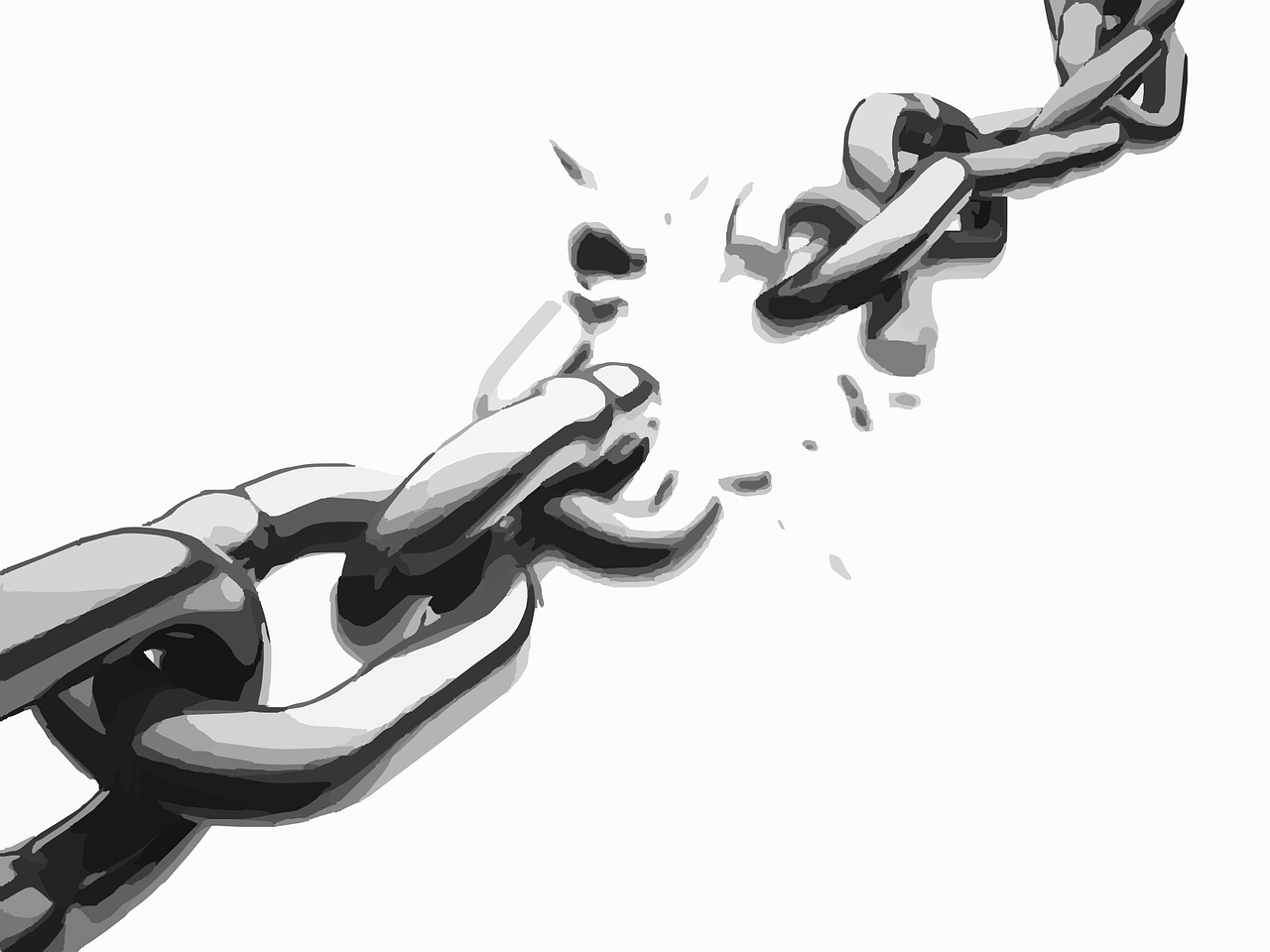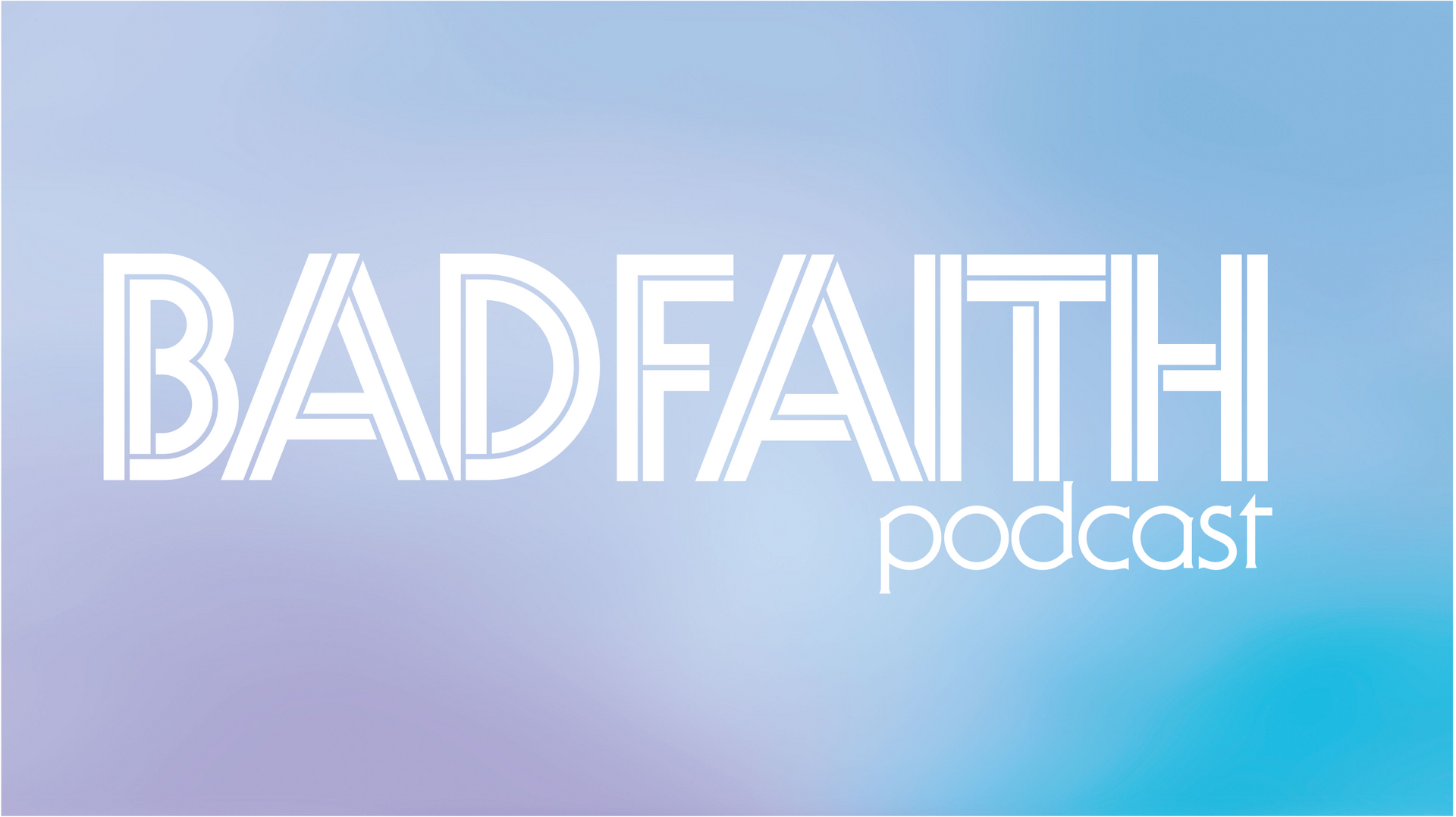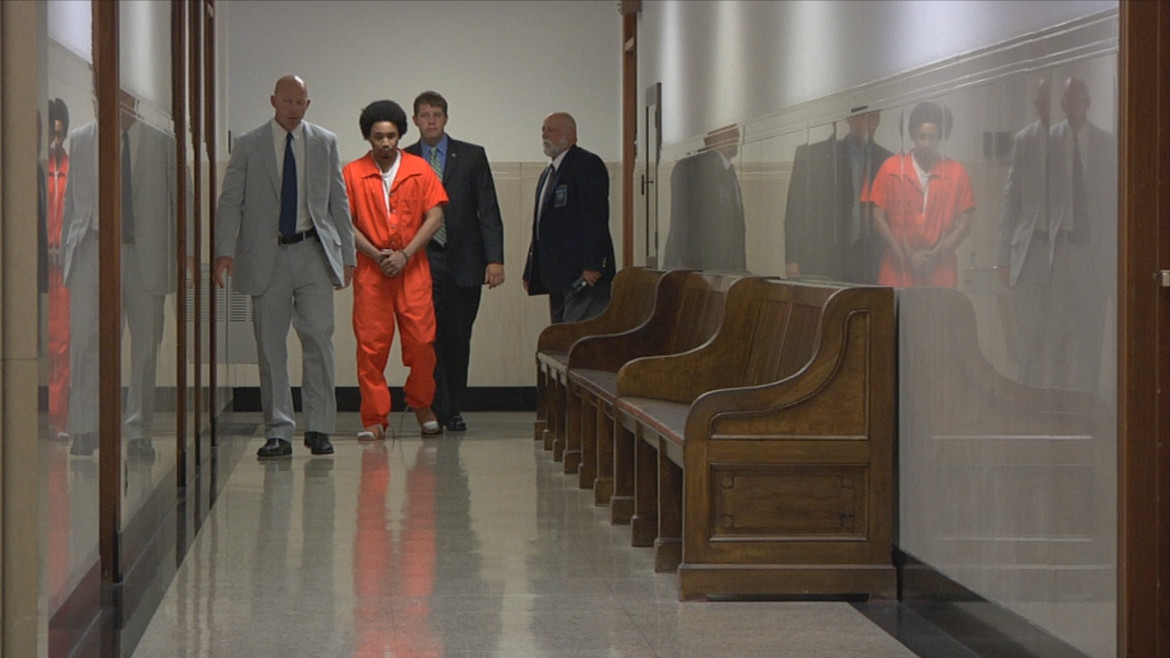If you ask the wrong question, be prepared to get the wrong answer. Whether addiction is a disease or a matter of choice is not a question that is even important. There are cases in which addiction falls under both classifications. While the vast majority of users do so without endangering their safely, many people struggle to control their intake of various substances, which have disrupted their ability to function.
[blockquote type=”center”]Crack became popular in poor areas because there were few ‘competing reinforcers,’ other affordable sources of pleasure and purpose.[/blockquote]
The better question is how do we best treat drug addiction? In recent years a disturbingly narrow focus on addiction as a biologically based disease has evolved, even though there are extremely limited data to support this view. As a result, efforts to develop treatments for drug addiction have overwhelmingly concentrated on searching for medications that correct some nebulous underlying biological deficit to the exclusion of addressing other important contributing factors such as co-morbid psychiatric disorders and the lack of better alternatives to drugs.
The more I studied actual drug use in people, the more I became convinced that it was a behavior that was amenable to change like any other. So why did it seem so intractable in poor neighborhoods? A key problem is that poor people actually have few “competing reinforcers.” Crack or any other drug isn’t really all that overwhelmingly good or powerfully reinforcing: it gained the popularity that it achieved in the ‘hood (far less than advertised) because there weren’t that many other affordable sources of pleasure and purpose and because many of the people at the highest risk had other pre-existing mental illnesses that affected their choices. While drug use rates are similar across classes, addiction — like most other illnesses — is not an equal-opportunity disorder. Like cancer and heart disease, it disproportionately affects the poor, who have far less access to healthy diets and consistent medical care.
In a series of experiments, my colleagues and I began investigating some of these questions. In one study, we gave methamphetamine addicts a choice between taking a big hit of methamphetamine (50 mg.) or five dollars in cash. They took the drug on about half of the opportunities. But when we increased the amount of money to twenty dollars, they almost never chose the drug. We had gotten similar results with crack cocaine addicts in an earlier study. This told me that the addictive potential of methamphetamine or crack was not what had been previously claimed; their addictiveness wasn’t extraordinary. Our results also demonstrated that addicts can and do make rational decisions and this information could be used to inform treatment development efforts.
Treatments based on providing alternatives to drugs have shown repeatedly that they can be effective in changing addictive behavior. This kind of treatment is called “contingency management.” The idea comes from basic behaviorism: our actions are governed to a large extent by what we are rewarded for in our environment. These cause-and-effect relationships where a reward is dependent (contingent) upon the person either doing or (in the case of drugs) not doing a particular behavior can be used to help change all types of habits. Contingency management is arguably the most successful substance abuse treatment strategy, despite the fact that it does not purport to correct some neural deficit. The lesson here is that we should be less preoccupied with characterizing addiction and more focused on what treatments work.
Reposted from: NY Times




